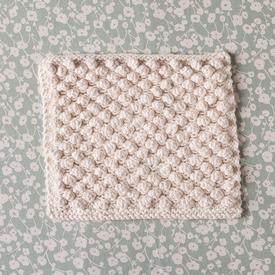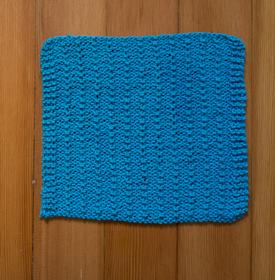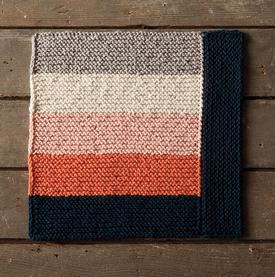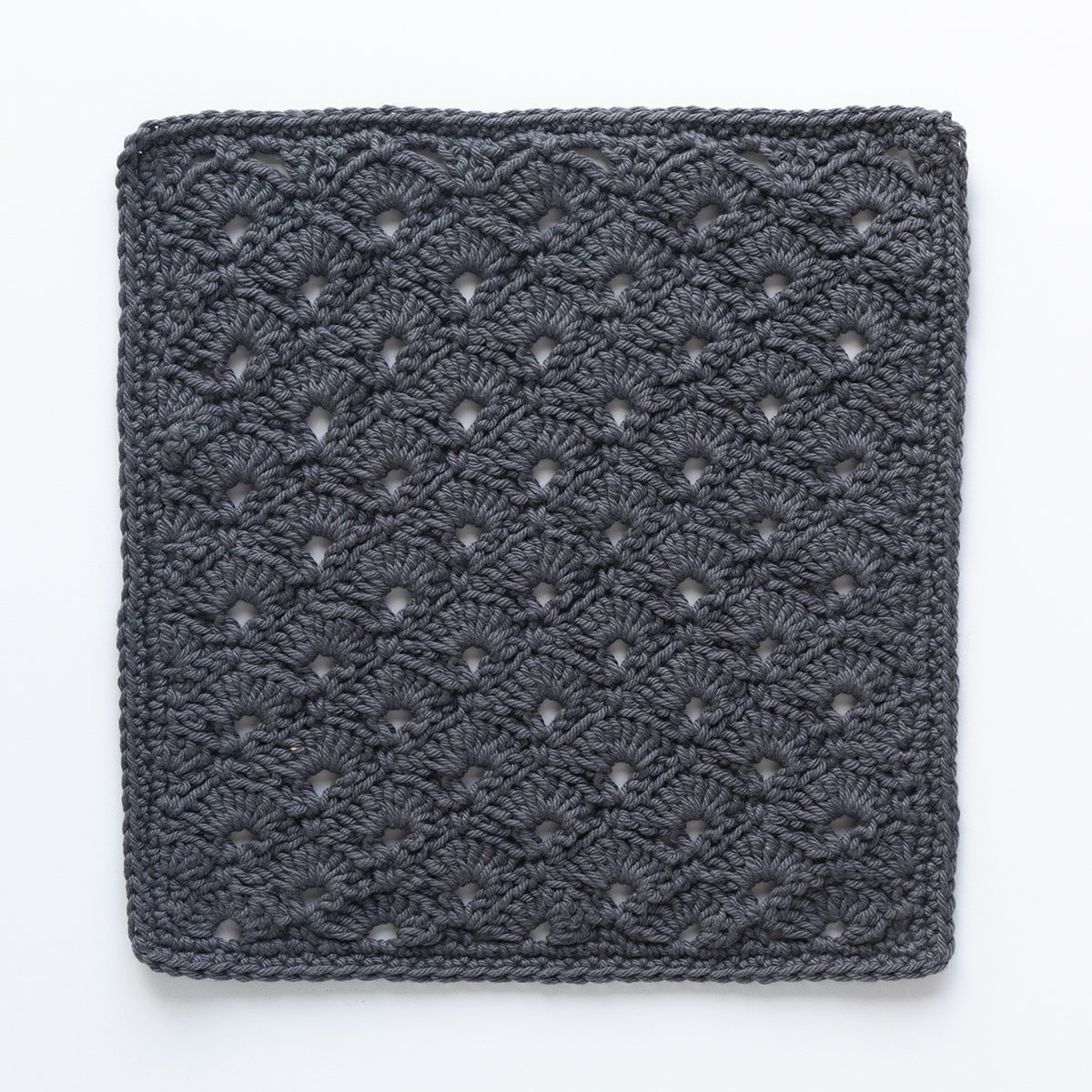Water Bottle and Reservoir Care
Being an Outdoor Guide means that everyone asks you how to fix their stuff. Here are some tips and tricks that you can use!
Over time, reusable plastic water bottles occasionally develop unpleasant odors and/or tastes. This typically occurs when bottles are stored incorrectly or cleaned infrequently.
Most rigid water bottles are made out of either polyethylene plastic (which tends to be cloudy in appearance) polypropylene (which comes in medium to dark colors) or copolyester (which can be clear, frosted or colored). Most hydration system reservoirs have polyethylene linings, which retain tastes and odors more easily than polycarbonate. But all plastic bottles can develop unwanted tastes or odors if cared for incorrectly.
General Care
The best way to maintain any plastic water bottle or bladder bag is to rinse it out after each use and to let it air dry completely. Most odor and taste problems occur when bottles are stored in wet areas or kept sealed for long periods of time with liquid inside. Polyethylene bottles can also develop unpleasant tastes/odors when they're used to store a variety of acidic juices.
Cleaning
If your water bottle develops a funky taste or odor, try the following procedure:
- Put a teaspoon of bleach and a teaspoon of baking soda in the bottle and fill it with water.
- Let the bottle sit overnight.
- Rinse out the bottle completely the next day (or run it through the dishwasher).
- Let the bottle air dry completely.
When cleaning hydration reservoirs, rinse them thoroughly and let them completely air dry before using them again. Do not place in your dishwasher.
Tip: Some tastes and odors can be removed from plastic water bottles simply by rinsing them with anti-bacterial mouthwash.
Article and others like it found at REI.com
Article and others like it found at REI.com






